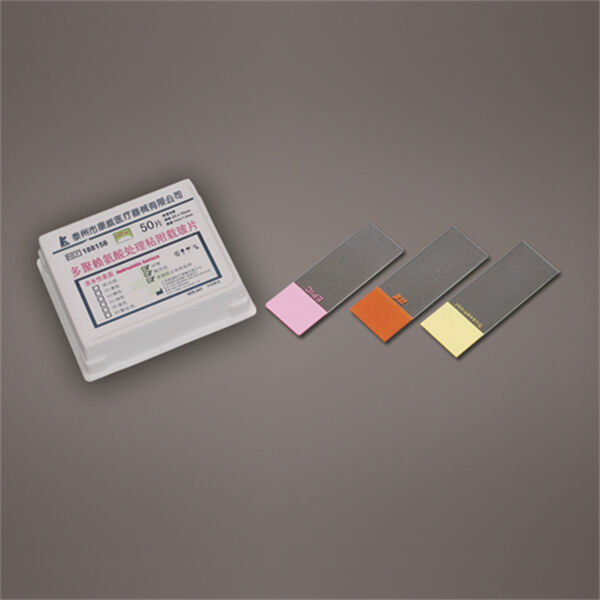Have you ever thought about how scientists learn about things that are too small to see with our eyes? A microscope is one important tool they use. A microscope is like a super magnifier that allows us to see objects that are too little for us to see with our eyes without it. To see these small items clearly, scientists use something called a slide. The glass on which a section is placed for microscopical examination is called a slide.
The proper preparation and treatment of microslides is so important to have the minute objects properly visible. An item need to be cleaned and dried to ensure that there is no dirt or smear that would interrupt the examination before placing it on a slide. Sit very gently the slide to not scratch the slide or crack the slide, which would alter the image as seen through the microscope.

When the slide is prepared and you are ready to have a look, you slide it into the microscope. Doing this means you can softly grip your slide on the edges, to then delicately settle it on the microscope’s stage. The stage is the platform on which the microscope slide is placed, and you can move it around and look at different parts of what’s on the slide. When the slide is inserted, use the knobs to the microscope to focus and magnify the speck until you can see it clearly.

Now that you’ve put your slide into the microscope, it’s time to take a closer look at the tiny world of microorganisms. Microbes are organisms that are too small to be seen without a microscope. By studying microbes on a slide, scientists can develop insights into how they behave, what they look like and how they interact with their surroundings. A few typical microorganisms found on a slide are bacteria, algae and fungi.

Slides are an important part of research and scientific discovery. Slides allow scientists to look at small things through a microscope and study them – which is how many a great discovery has been made, leading scientists to find new medicines, technologies, and to better understand the world around us. Slides enable us to see things that are too small to be seen with our eyes in many areas of science such as biology, chemistry and physics.